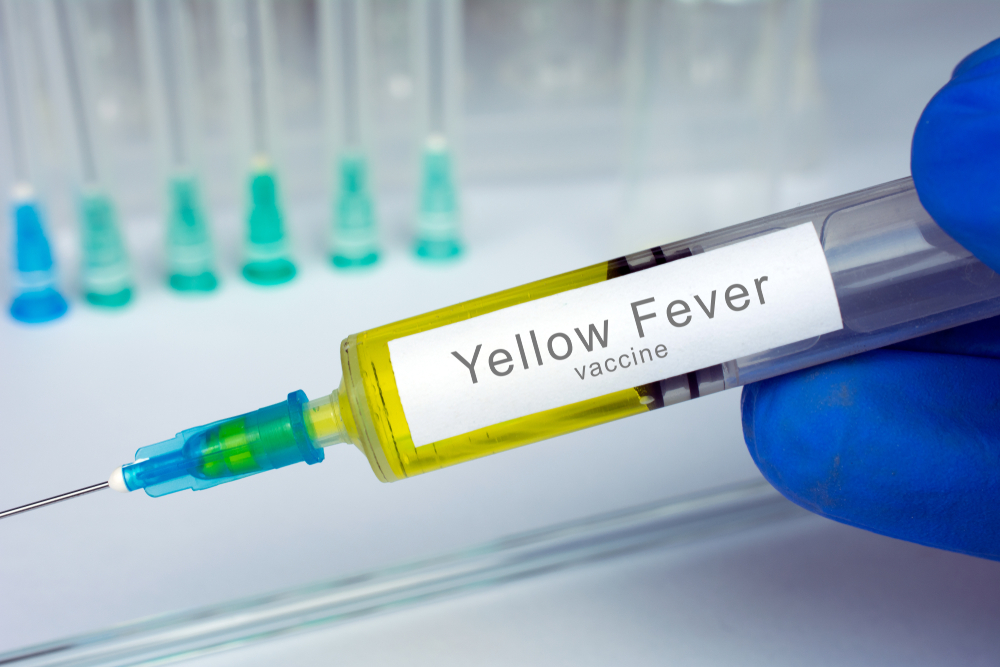
Despite the World Health Organization’s (WHO’s) recommendations — since 2013 — that a single dose of yellow fever vaccine will protect people for a lifetime, new research shows that might not hold true for the youngest among the populace.
The aforementioned WHO recommendation was based on proof of the vaccine’s efficacy, but that proof was only for adults in children more than 2 years old. Data on its effectiveness in infants has been notably absent, even though the vaccine is routinely utilized on younger children in yellow fever endemic areas. As a result, the WHO recommended new research for this age group. The study will be conducted by José Enrique Mejía from Unit 1043 Center for Pathophysiology of Toulouse Purpan, together with Cristina Domingo of the Robert Koch Institute in Berlin and researchers from the United States, Ghana, and Mali.
“Our data suggest that a booster may be necessary when the 1st vaccination is performed in 9-12-month-olds, but we will need more precise knowledge of the decrease in antibodies over time,” Mejía said.
Mejía’s study focused on the vaccine’s efficacy in children around 9 months old, to see if they were still protected by it years later. With hundreds of participants in Mali and Ghana, they found that was not the case. In Mali, 4.5 years after vaccination, only half of the children continued to host levels of antibodies at the recommended threshold. In Ghana, 2.5 years after vaccination, figures were even lower despite the shorter timeframe: only 30 percent of children continued to show protection against infection. Even factoring in those children with antibodies but in lower than recommended levels, they reached only 39.4 percent coverage.
In other words, a substantial fall, no matter the locale.
“Maintaining immunity to the virus during childhood and in adulthood is fundamental for obtaining vaccine coverage beyond the threshold of 80 percent of the population in order to prevent the risk of epidemic,” Mejía said.
Yellow fever is a viral infection spread by mosquitoes. It is rooted in large swathes of Africa and Latin America, and while sometimes it can go unnoticed, it can also lead to severe illness with fever, headache, muscle pain, nausea, vomiting, and fatigue. It attacks the liver cells and can be responsible for jaundice.




